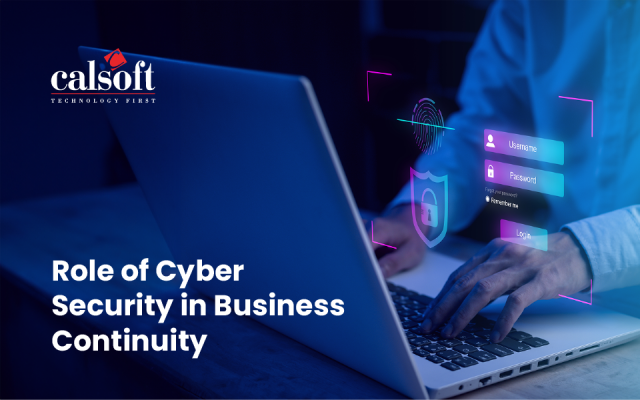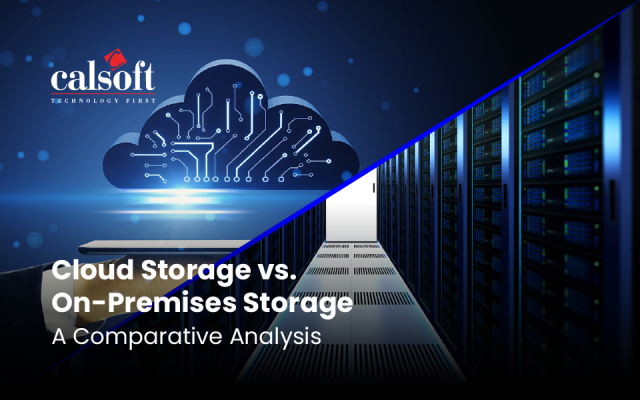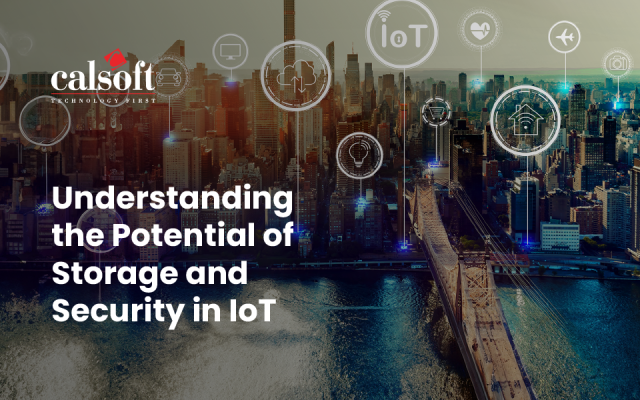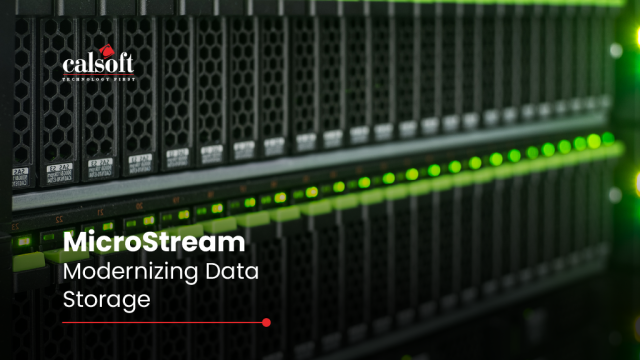Introduction
Docker is a new disruptive technology based on Linux containers. It uses Linux Kernel Containerization technology to create, secure and isolate independent containers to run within a single Linux instance. Due to this technology, a developer is assured that the application will run on any Linux machine without worrying about different customised settings. This is a revolution for applications created, shared & populated in the cloud.
Docker – Its Significance
- Docker has gained its popularity due to the fact that there is least dependency issues.
- Docker containers run almost everywhere. It can be deployed on containers, desktops, physical servers, virtual machines, into data centers, and up to public and private clouds.
- It provides a container for managing software workloads on shared infrastructure, while keeping them isolated from one another.
- Containers enable developers to design an application with all the essential parts and provide it as a package.
Envisioning Docker
Many organizations are converging to integrate Docker with desktop applications. With Microsoft announcing plans to add support for container technology, Docker included, an association of major sorts is expected wherein a new class of Docker users will emerge from an enterprise Windows environment, with demands and expectations different from those of their Linux-reared counterparts. The growth of Docker and Linux containers show fast pace growth, and with new businesses jumping on the wagon on a regular basis, we expect to see an array of new developments over the coming year.
Source: Opensource.com
To know more email: marketing@calsoftinc.com






